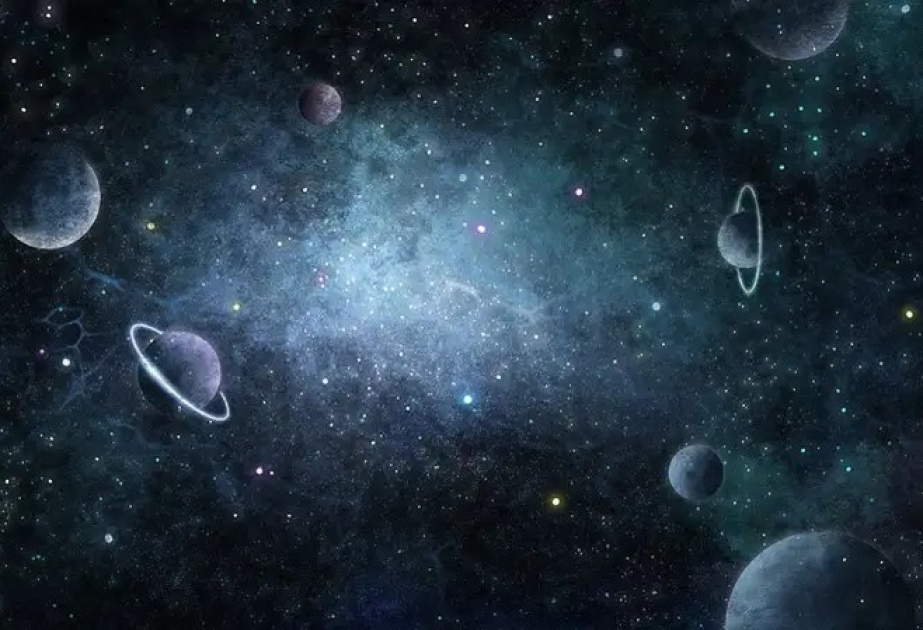New simulations suggest that the visible spiral arms of galaxies may leave a gravitational imprint on dark matter, potentially reshaping our understanding of the structure of the Universe, Kazinform News Agency reported citing the Ars Technica.
A team of astrophysicists led by Marcel Bernet, a PhD candidate at the University of Barcelona, has discovered that the spiral arms of galaxies may cast “shadows” in dark matter, forming their own spiral structures.
Spiral arms are curved regions in a galaxy’s disk where stars, gas, and dust are densely concentrated. They are what give galaxies like the Milky Way their iconic swirling appearance.
Dark matter, a hypothetical substance that emits no light and does not interact with electromagnetic radiation, is believed to account for most of the Universe’s mass. Its gravity creates an invisible framework upon which stars and galaxies form. Nearly all known galaxies, including our own, are embedded in massive halos of dark matter that extend well beyond their visible boundaries and keep stars from drifting away.
Evidence in simulations
The underlying mechanism behind the observed effect is known as dynamical friction, a phenomenon first described by physicist Subrahmanyan Chandrasekhar in 1943. It occurs when a massive object moves through a cloud of lighter particles, creating a gravitational “wake” that pulls back on the object and slows it down.
A similar effect has previously been observed in dwarf galaxies orbiting the Milky Way: contrary to expectations, they gradually slow down and spiral inward rather than accelerating.
Building on this principle, Bernet’s team analyzed data from simulations modeling the evolution of galaxies over millions of years. In these simulations, stars, gas, and dark matter are represented as interacting particles. The researchers looked for signs of a gravitational imprint left by the spiral arms on the surrounding dark matter.
Their hypothesis was confirmed: in three independent simulations, the team found faint but persistent spiral patterns in the dark matter, trailing behind the visible arms. This suggests that stars and gas can influence the distribution of dark matter, an effect that has received little attention until now.
According to the researchers, these findings raise important questions about the nature of dark matter. If it indeed responds to the motion of ordinary matter, this could impact not only our models of galaxy formation but also the search for direct detection of dark matter.



















